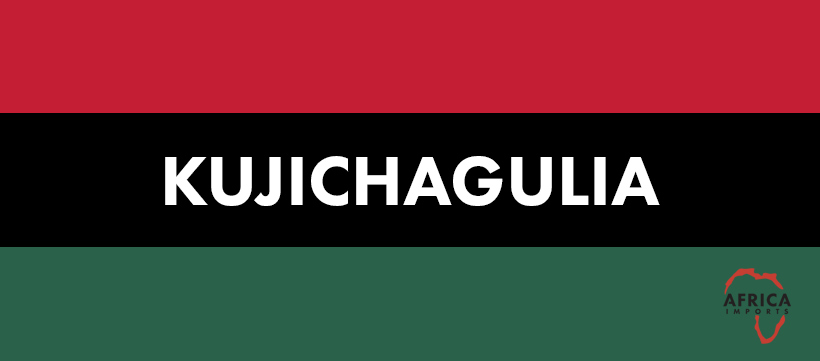
Self-determination: Kujichagulia (koo–gee–cha–goo–LEE–yah) To define ourselves, name ourselves, create for ourselves, and speak for ourselves. Mkeka: Place Mat The mkeka, made from straw or cloth, comes directly from Africa and expresses history, culture, and tradition. It symbolizes the historical and traditional foundation for us to stand on and build our lives because today stands on our yesterdays, just as the other symbols stand on the mkeka. In 1965, James Baldwin wrote: “For history is not merely something to be read. And it does not refer merely, or even principally, to the past. On the contrary, the great force of history comes from the facts that we carry it within us, are consciously controlled by it in many ways, and history is literally present in all that we do. It could scarcely be otherwise, since it is to history that we owe our frames of reference, our identities, and our aspirations.” During Kwanzaa, we study, recall, and reflect on our history and the role we are to play as a legacy to the future. Ancient societies made mats from straw, the dried seams of grains, sowed and reaped collectively. The weavers took the stalks and created household baskets and mats. Today, we buy mkeka that are made from Kente cloth, African mud cloth, and other textiles from various areas of the African continent. The mishumaa saba, the vibunzi, the mazao, the zawadi, the kikombe cha umoja, and the kinara are placed directly on the mkeka.
 USD
USD  GBP
GBP  CAD
CAD  AUD
AUD 